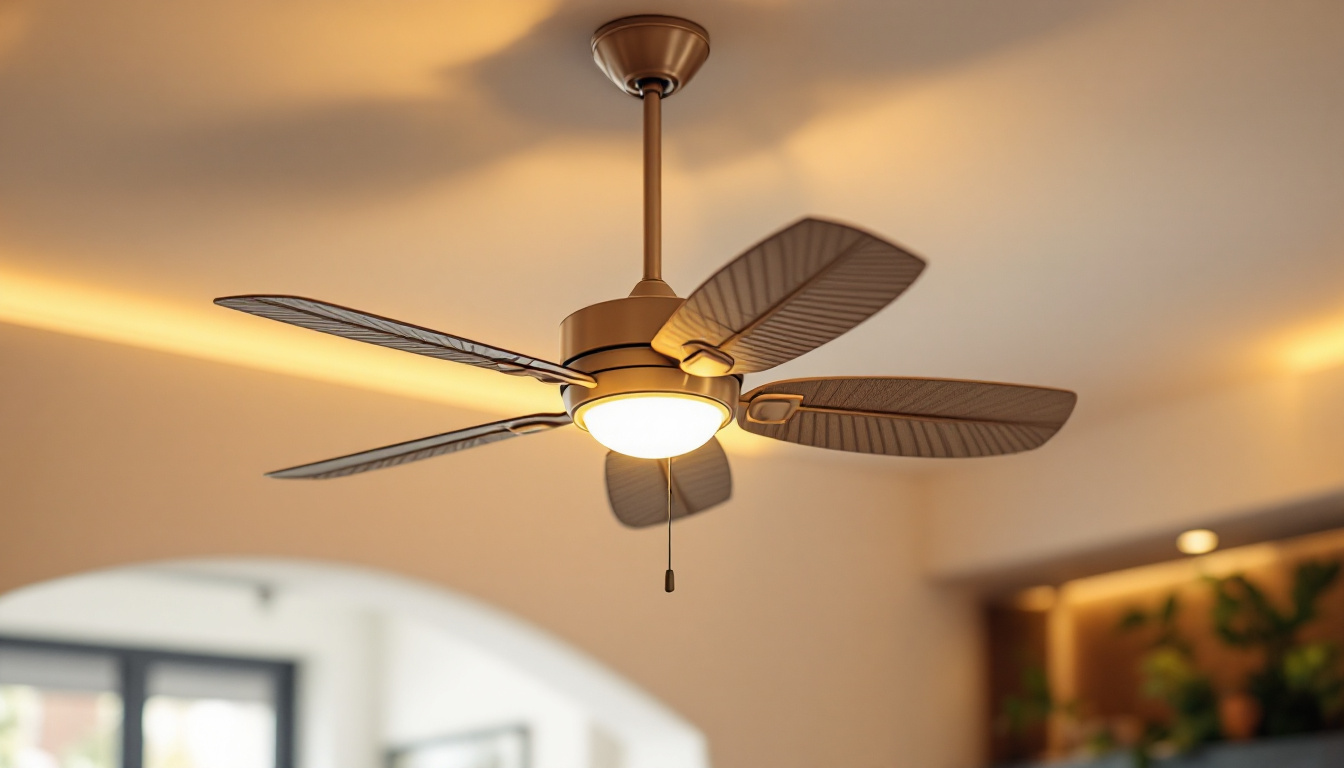
outdoor lighting serves a dual purpose: enhancing the aesthetic appeal of a property while ensuring safety and security. For lighting contractors, understanding the nuances of outdoor lighting is essential to delivering quality installations that meet client expectations. A well-lit front of the house not only welcomes guests but also deters potential intruders, making it a crucial aspect of residential design. The right lighting can transform a mundane exterior into a captivating space, inviting people to enjoy the outdoors even after the sun sets.
Moreover, outdoor lighting can significantly influence a home’s curb appeal. It highlights architectural features, creates inviting pathways, and establishes a warm atmosphere. As such, contractors must be well-versed in the various types of outdoor lighting available and the best practices for their installation. Additionally, the strategic placement of lights can create a sense of depth and dimension in the landscape, allowing homeowners to showcase their gardens and outdoor living areas in the best possible light. This not only enhances the property’s appearance but can also increase its value, making outdoor lighting a wise investment.
Before diving into specific products, it’s vital to understand the different types of outdoor lighting available. Each type serves a unique purpose and can be utilized in various combinations to achieve the desired effect. Understanding these distinctions allows contractors to tailor their lighting designs to meet the specific needs and preferences of their clients.
In addition to these primary categories, it’s important to consider the role of energy efficiency in outdoor lighting design. With advancements in LED technology, contractors can now offer clients sustainable options that reduce energy consumption while providing ample illumination. These energy-efficient fixtures not only lower utility bills but also have a longer lifespan, making them a cost-effective choice in the long run. Furthermore, smart lighting systems are becoming increasingly popular, allowing homeowners to control their outdoor lighting remotely, set schedules, and even adjust brightness levels based on the time of day or specific events.
When it comes to outdoor lighting installation, adhering to best practices is essential for achieving optimal results. Lighting contractors should consider several factors to ensure their designs are both functional and aesthetically pleasing.
Effective outdoor lighting begins with a well-thought-out plan. Contractors should assess the property and discuss with clients their preferences and needs. This involves identifying key areas that require illumination, such as entryways, driveways, and gardens.
Incorporating a layered lighting approach can enhance the overall effect. By combining ambient, task, and accent lighting, contractors can create a dynamic environment that caters to various needs and occasions.
Selection of fixtures is critical in achieving the desired lighting effect. Contractors should consider the style of the home and the surrounding landscape when choosing outdoor lights. For instance, modern homes may benefit from sleek, minimalist fixtures, while traditional homes might look best with ornate lanterns.
Additionally, energy efficiency is a key factor. LED fixtures are increasingly popular due to their longevity and lower energy consumption. They not only reduce electricity bills but also minimize environmental impact, aligning with the growing trend towards sustainability.
The placement and spacing of outdoor lights can dramatically affect the overall ambiance. Lights should be positioned to avoid harsh shadows and glare, creating a soft, inviting glow. For pathways, lights should be spaced evenly to provide consistent illumination without creating dark spots.
In gardens, uplighting can be used to highlight trees and shrubs, while downlighting can create a moonlit effect, enhancing the natural beauty of the landscape. Understanding the interplay of light and shadow is crucial for achieving the desired aesthetic.
With a solid understanding of best practices, it’s time to explore some of the best outdoor lighting options available for the front of a house. Each option provides unique benefits and can be tailored to fit various architectural styles and personal preferences.
Wall-mounted fixtures are a classic choice for illuminating entryways and porches. They come in various styles, from modern sconces to traditional lanterns, allowing for a seamless integration with the home’s exterior design.
These fixtures can be installed at different heights to create varying effects. For instance, placing them higher can cast a broader light, while lower placements can create a more intimate atmosphere. Contractors should ensure that the fixtures are weather-resistant and suitable for outdoor use to guarantee longevity.
Pathway lights are essential for guiding guests safely to the front door while adding charm to the landscape. They can be solar-powered or hardwired, depending on the client’s preference and the specific site conditions.
When selecting pathway lights, consider the height and brightness. Taller lights can illuminate a wider area, while shorter lights provide a more subtle glow. Spacing should be consistent to create a uniform look, enhancing both safety and aesthetics.
Spotlights and floodlights are powerful tools for accentuating specific features or providing security. Spotlights can be used to highlight architectural details, while floodlights are ideal for illuminating larger areas such as driveways or backyards.
When installing these lights, it’s essential to consider the angle and direction of the beams. Proper placement can prevent glare and ensure that the light enhances rather than detracts from the property’s appearance.
In today’s environmentally conscious society, energy efficiency is more important than ever. Lighting contractors should prioritize sustainable practices in their installations, not only to meet client demands but also to contribute to a greener future.
LED lighting has revolutionized the outdoor lighting landscape. These fixtures consume significantly less energy compared to traditional incandescent bulbs, making them a cost-effective and environmentally friendly choice.
Moreover, LED lights have a longer lifespan, reducing the frequency of replacements and the associated waste. Contractors should educate clients on the benefits of LED technology, emphasizing both the financial savings and the positive environmental impact.
Smart lighting systems are becoming increasingly popular in residential settings. These systems allow homeowners to control their outdoor lights remotely through smartphones or smart home systems, offering convenience and enhanced security.
Contractors should familiarize themselves with various smart lighting options available in the market. Features such as motion sensors, timers, and dimming capabilities can enhance the functionality of outdoor lighting, providing clients with greater control over their home environment.
Even the best outdoor lighting systems require regular maintenance to ensure they function optimally. Lighting contractors should provide clients with clear guidelines on how to care for their outdoor lights to prolong their lifespan and maintain aesthetic appeal.
Outdoor fixtures are exposed to the elements, which can lead to dirt and grime buildup. Regular cleaning is essential to maintain their brightness and appearance. Contractors should recommend using a soft cloth and mild detergent to clean fixtures, avoiding harsh chemicals that could damage the finish.
Additionally, glass components should be checked for cracks or damage, as these can affect the performance and safety of the lighting system.
Seasonal checks are crucial for ensuring that outdoor lighting systems remain functional throughout the year. Contractors should advise clients to inspect their systems at the beginning of each season, checking for any burnt-out bulbs, damaged wiring, or other issues that may arise due to weather conditions.
For areas prone to snow or heavy rain, additional precautions may be necessary to protect fixtures from damage. This proactive approach can save clients time and money in the long run.
Outdoor lighting is an essential aspect of residential design, providing safety, security, and aesthetic appeal. For lighting contractors, understanding the various types of outdoor lights, best practices for installation, and maintenance techniques is crucial for delivering high-quality services.
By prioritizing energy efficiency and sustainability, contractors can meet the growing demand for environmentally friendly solutions while enhancing their clients’ outdoor spaces. With the right knowledge and tools, lighting contractors can transform the front of any house into a beautifully illuminated haven.
Ultimately, the best outdoor lights for the front of a house are those that blend functionality with style, creating a welcoming environment that reflects the homeowner’s personality and enhances the overall landscape. By following the guidelines outlined in this article, lighting contractors can ensure their projects are both successful and satisfying for their clients.
Ready to elevate your outdoor lighting projects with the finest selection of spec-grade products? Look no further than LumenWholesale, where we provide lighting contractors with exceptional quality at wholesale prices that simply can’t be beaten. Our commitment to affordability, reliability, and convenience ensures that you have access to the best lighting solutions for any design, all with the added benefit of free shipping on bulk orders. Don’t let middleman markups dim your project’s potential. Choose LumenWholesale for premium lighting at the best value. Start browsing our collection today and experience the LumenWholesale difference for yourself. Wholesale Lighting at the Best Value.

Discover how decorative ceiling fans can transform your space with enhanced lighting solutions.

Discover essential insights from lighting contractors on optimizing illumination for your walk-in closet.

Discover essential tips and common pitfalls for lighting contractors in designing the perfect ambiance with coffee shop lamps.

Discover why LED high bay lights are a game-changer for lighting contractors in our comprehensive guide.